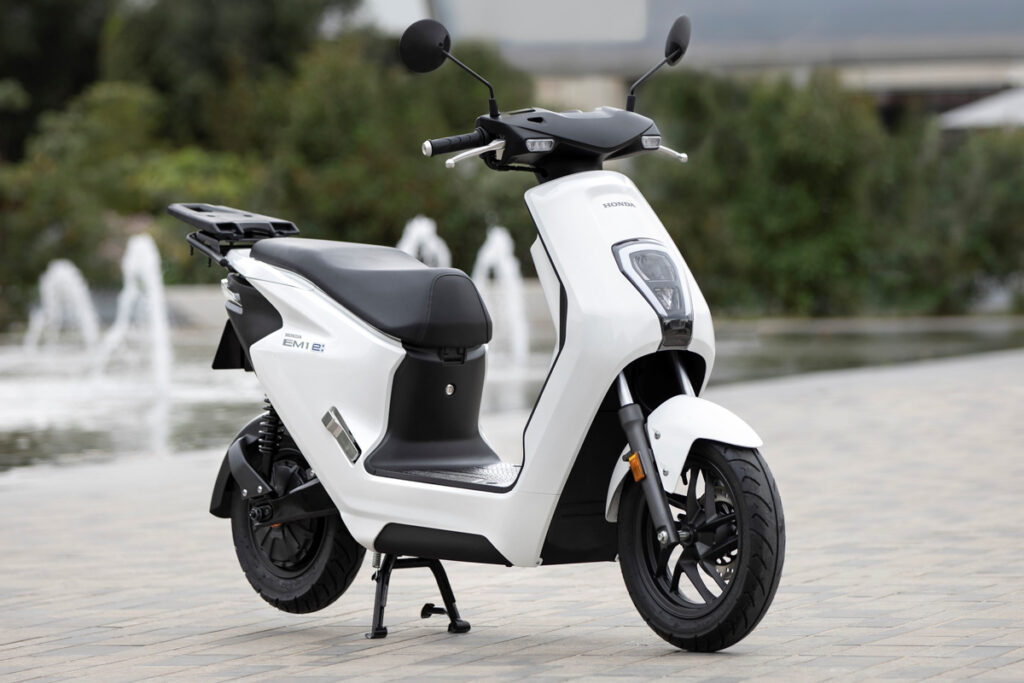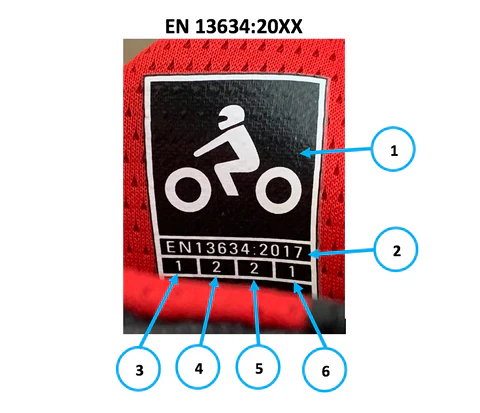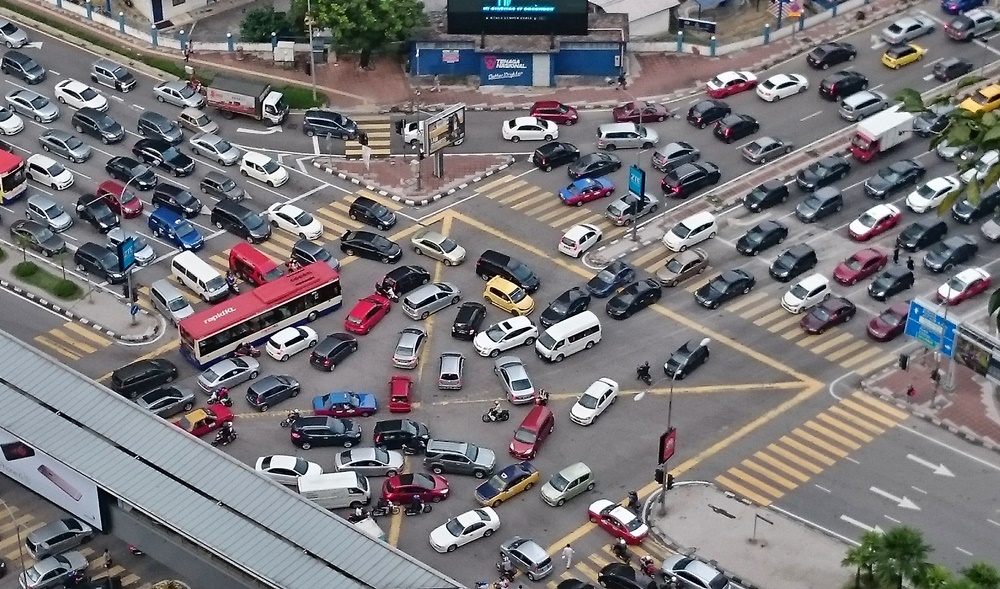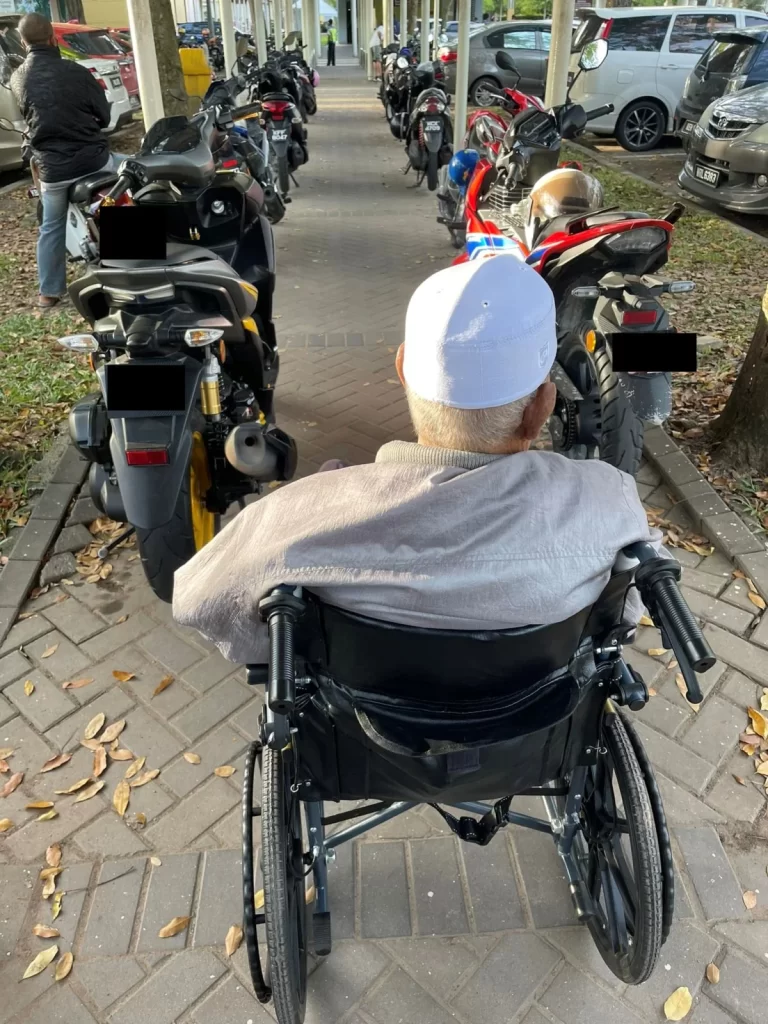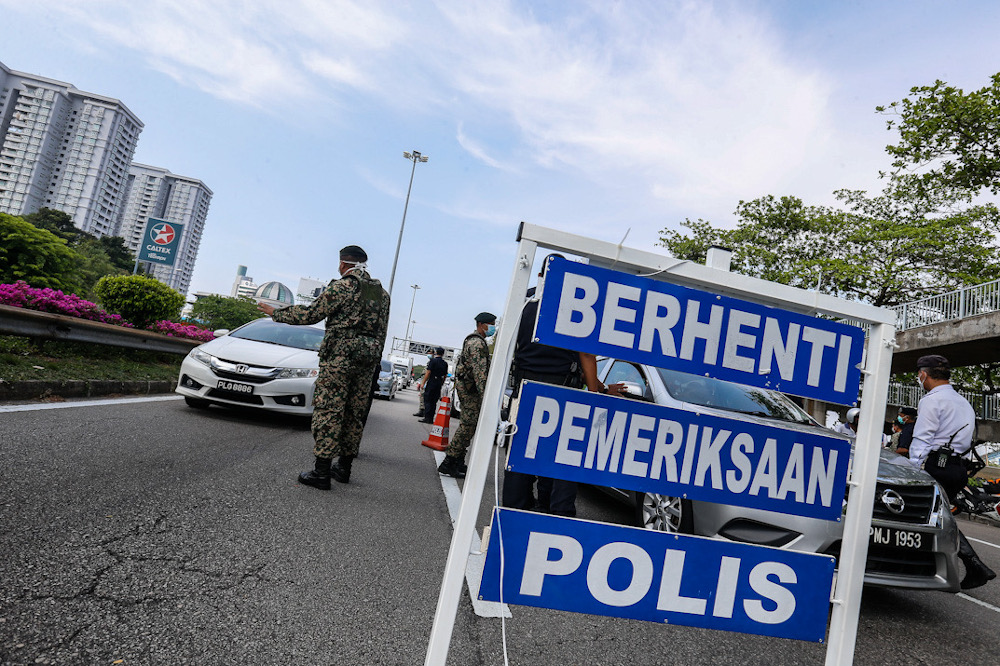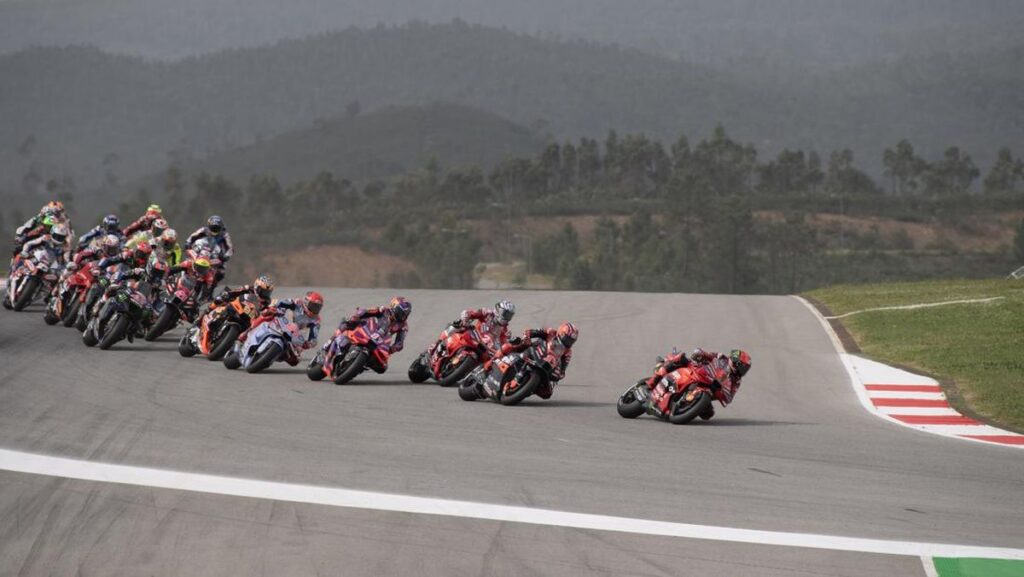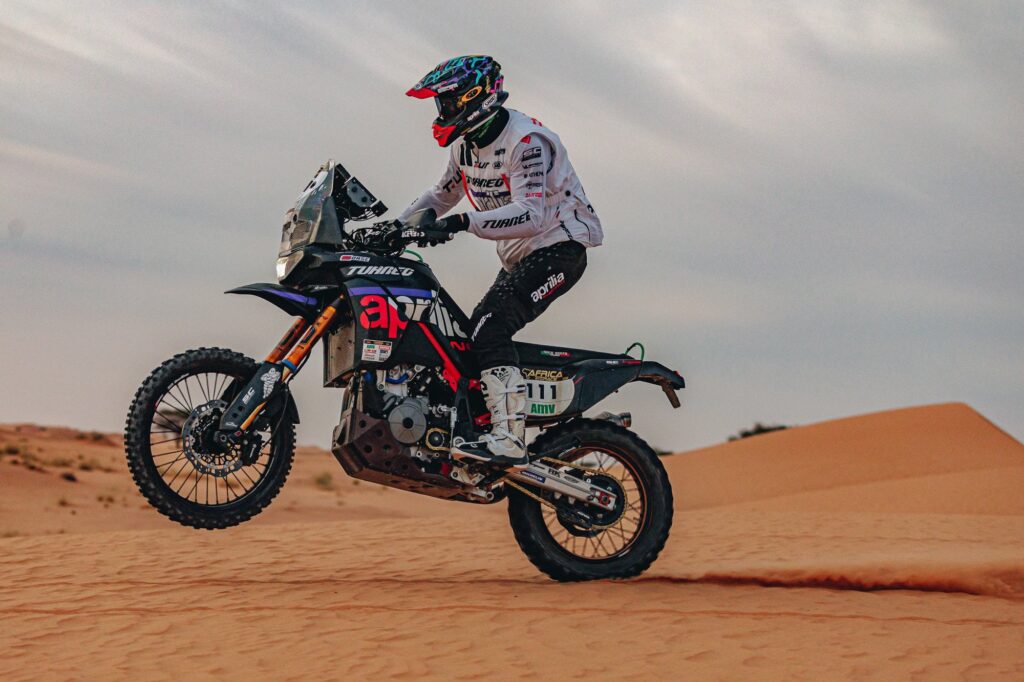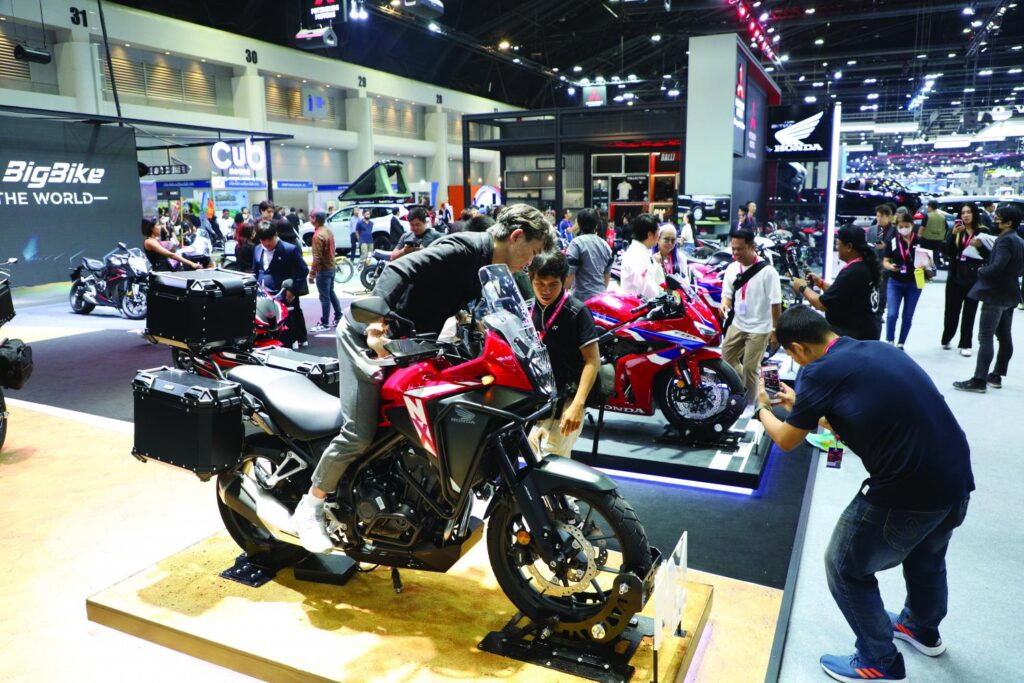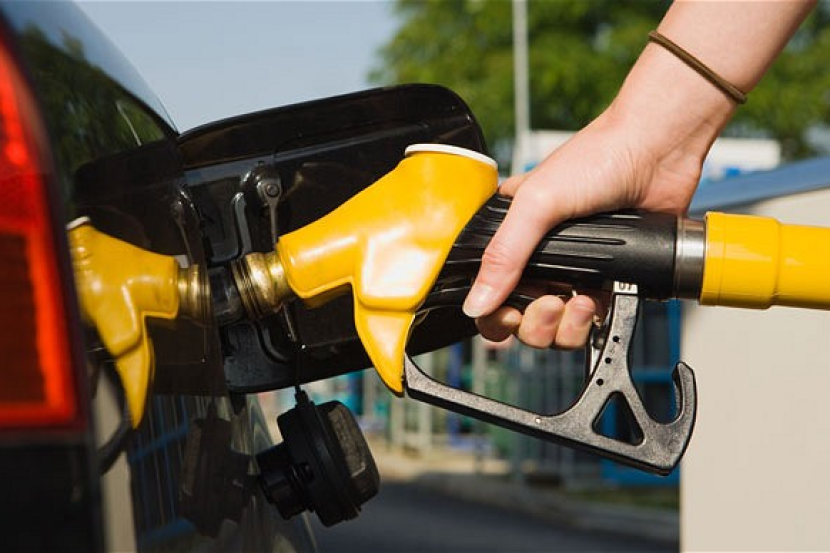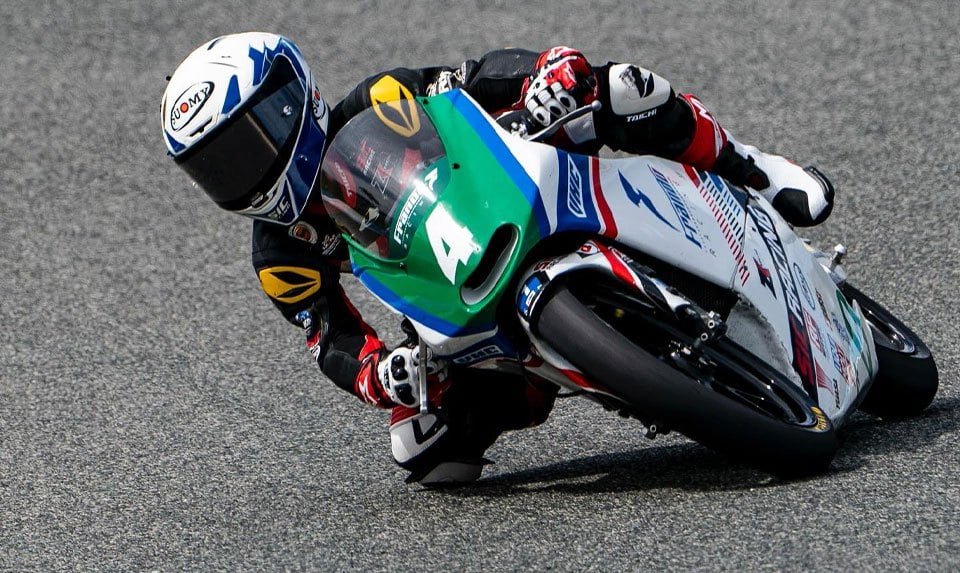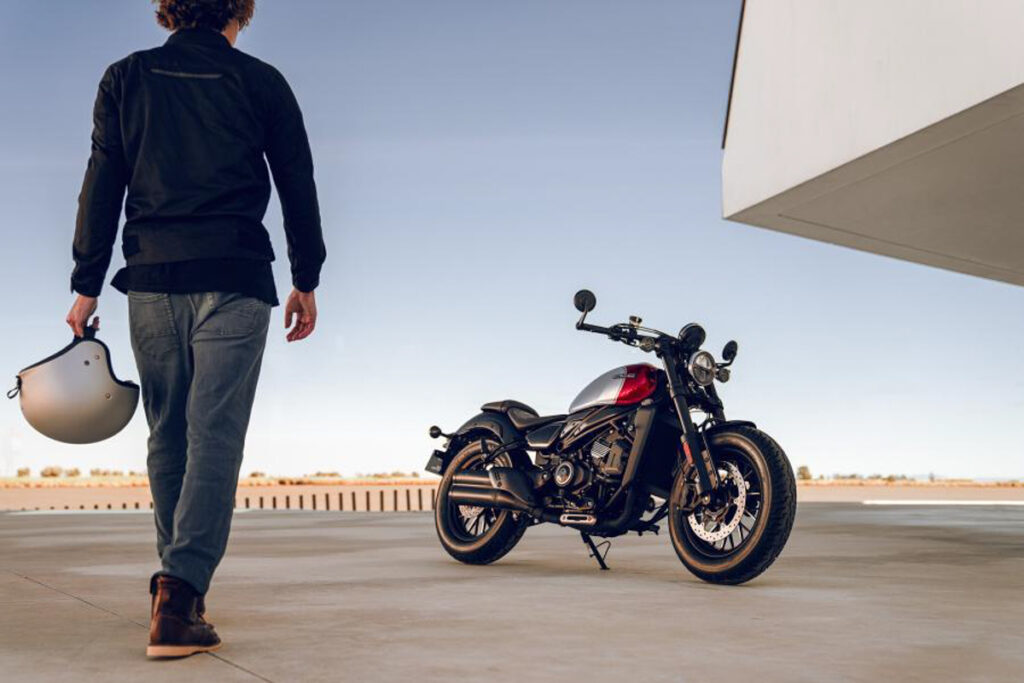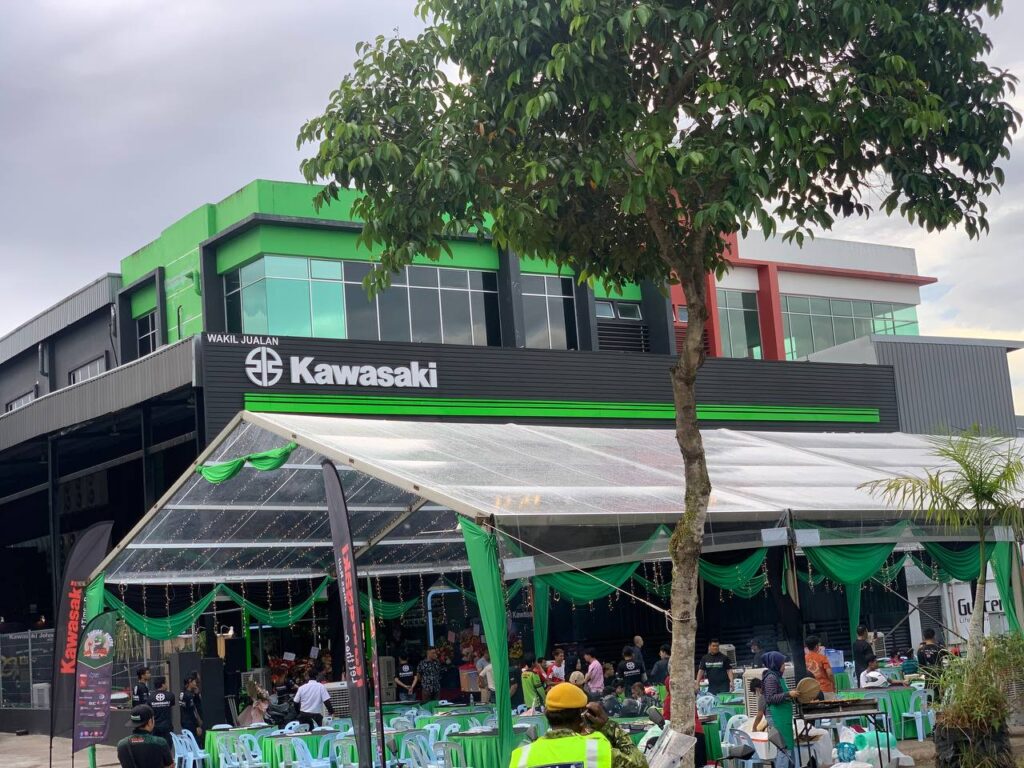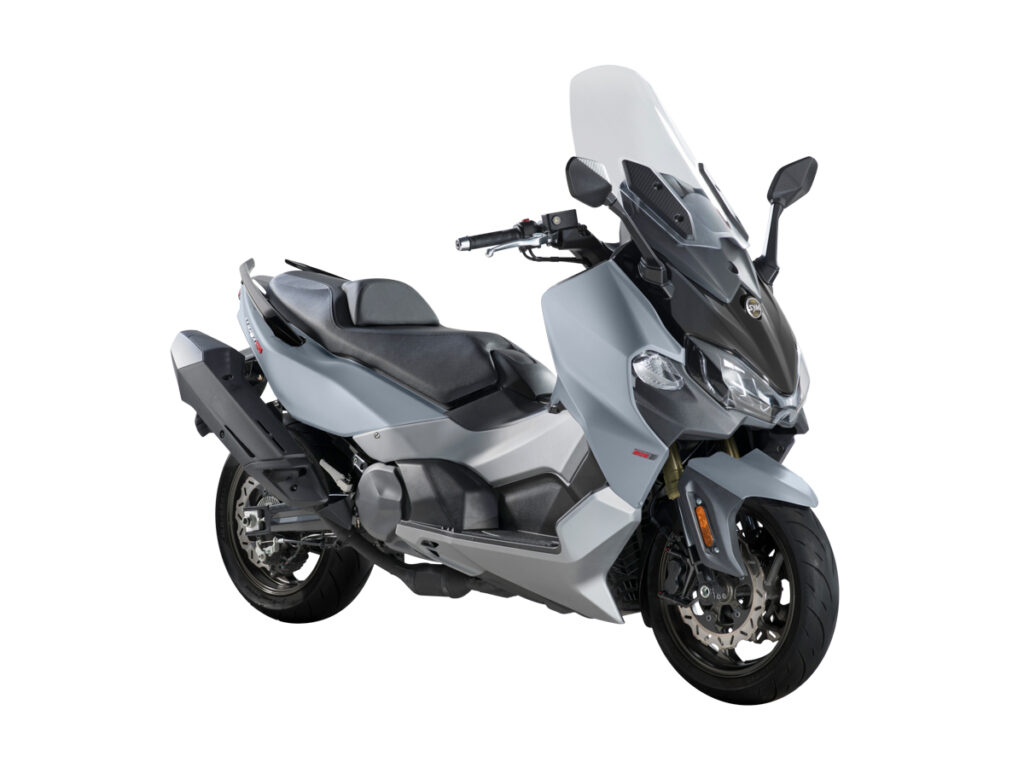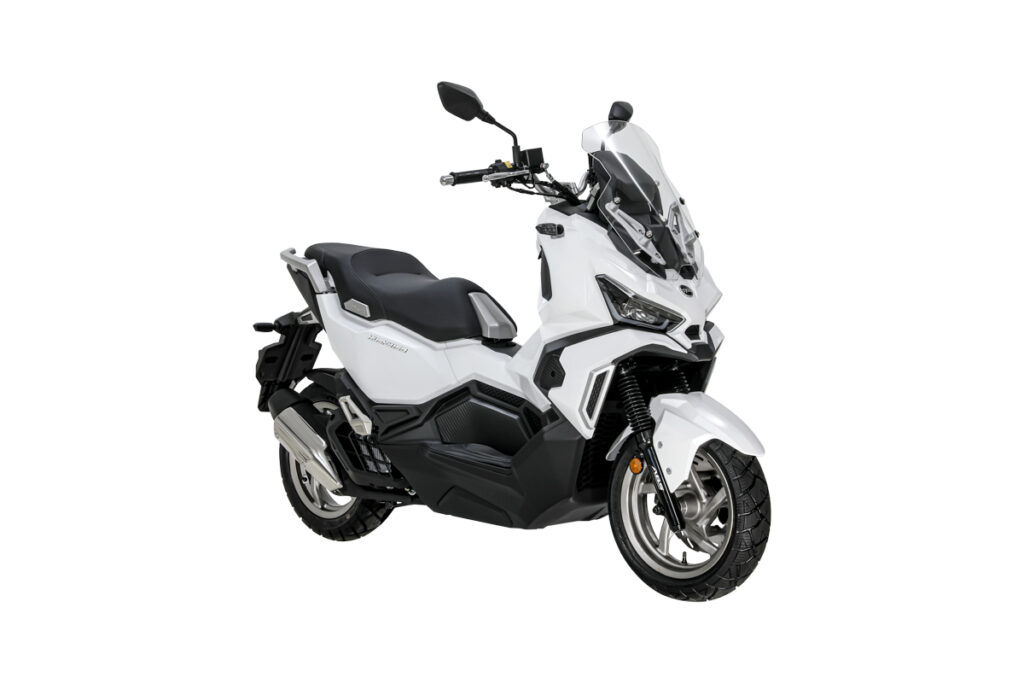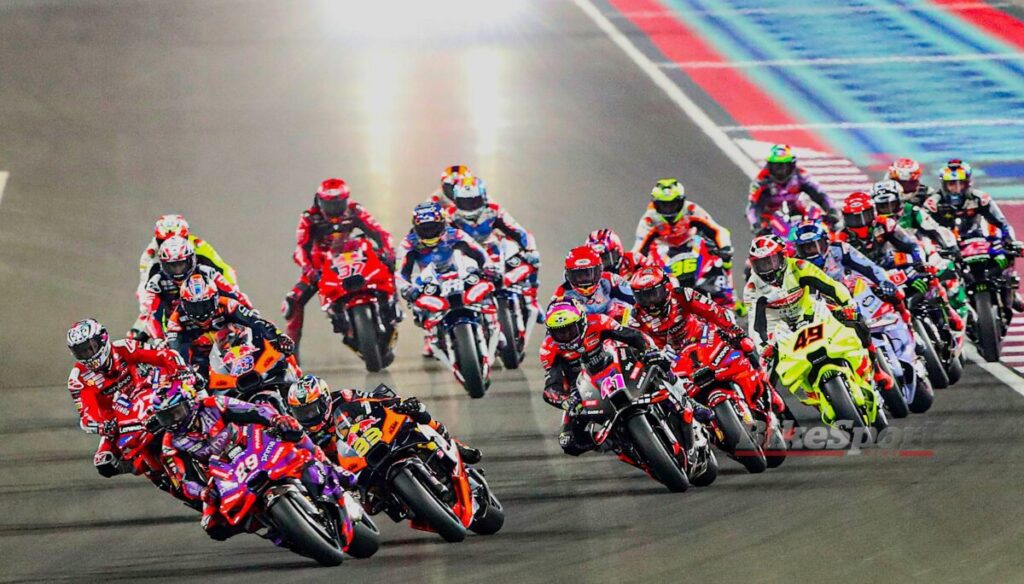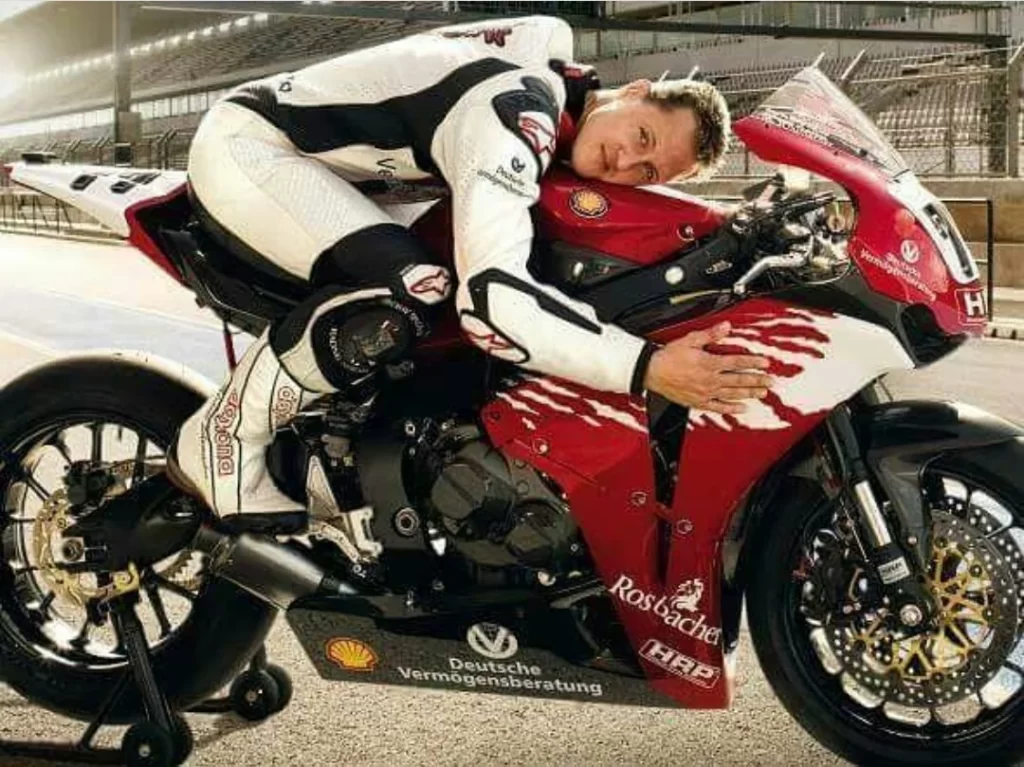Honda is set to produce only electric motorcycles and cars from 2040. In other words, no more new gasoline powered internal combustion engine (ICE) from the world’s largest motorcycle manufacturer.
This decision was highlighted in the manufacturer’s Summary of 2024 Honda Business Briefing on Direction of Electrification Initiatives and Investment Strategy.
According to the brief, “Honda has not changed its belief that EVs are the most effective solution in the area of small mobility products such as motorcycles and automobiles, and Honda’s electrification target to make EVs and FCEVs represent 100% of its global vehicle sales by 2040 remains unchanged. Honda must look ahead to the period of EV popularization and build a strong EV brand and a strong EV business foundation from a medium- to long-term perspective.”
Honda has a solution to address the issue of range, which is mentioned further into the document. These electric motorcycles will use the upcoming Honda Mobile Power Pack e: (MPP) which “Honda will introduce a micro-mobility product which will be equipped with 4 MPPs in Japan before the end of FY2026.” The company is also planning to launch two new electric motorcycles powered by 2 MPPs later this year.
As for the e-Fuels, Honda did say that they find it intriguing but that technology is not mature yet for the company to plan their future products on.



